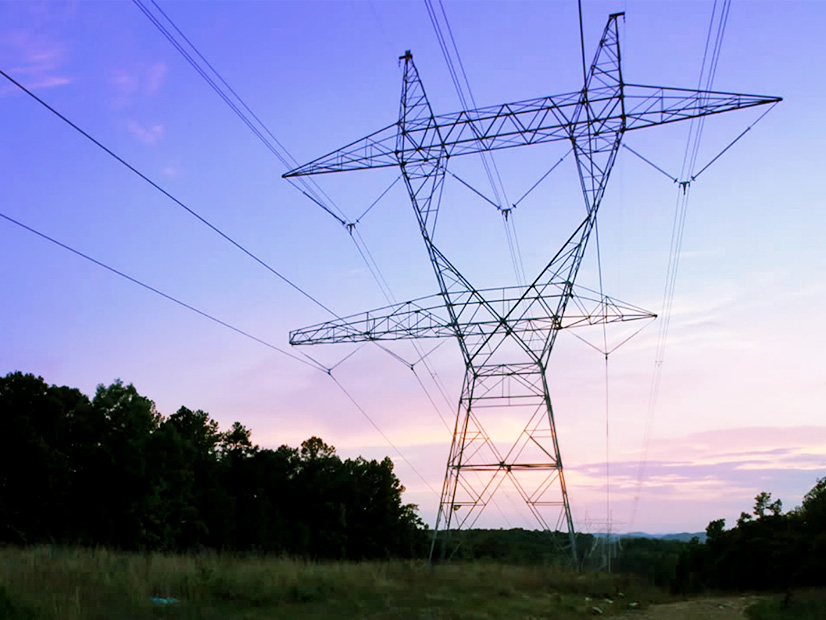Continuing its recent trend, FERC on Thursday found that another set of transmission providers had mostly complied with Order 881 but failed to adequately explain their timelines for calculating and submitting ambient-adjusted line ratings (AARs), as the order requires.
The transmission owners and operators that FERC told to submit additional compliance filings for AAR timelines included ISO-NE and its participating transmission owners (ER22-2357, ER22-2467), MISO (ER22-2363), Idaho Power (ER22-2292), Public Service Co. of New Mexico (ER22-2335), Puget Sound Energy (ER22-2361) and Golden Spread Electric Cooperative of Amarillo, Texas (ER22-2161).
The decisions followed a similar grouping of orders in April in which FERC found that a handful of transmission providers, including NYISO and Arizona Public Service, had not complied with Order 881’s timeline requirements. (See FERC Approves Batch of Line Ratings Compliance Filings.)
In each of the cases, FERC acknowledged that software and other implementation tools are still being developed, so that “timelines may not be determined until closer to AAR implementation and that additional time may be necessary to comply with this requirement.”
Order 881 takes effect July 12, 2025. The commission gave the parties until November 2024 to submit further compliance filings.
Issued in December 2021, Order 881 requires transmission providers to employ AARs for short-term transmission requests of 10 days or less on lines affected by air temperatures. Seasonal ratings will be required for long-term service.
The commission said the current practice of rating lines based on conservative assumptions about worst-case weather scenarios has caused underutilization of available transmission capacity and driven up wholesale electricity prices. (See FERC Orders End to Static Tx Line Ratings.)
FERC did not specify timelines by which transmission providers must submit their AARs. Instead, it said transmission providers “already manage similar timing issues” for load forecasts, renewable generation and generation bid deadlines.
“It may be that the deadlines for AAR calculation and submission are not significantly different from existing deadlines for submission of updates to generation supply offers and load,” FERC repeated in its recent orders.
FERC found additional compliance problems in some of Thursday’s cases.
Citing Order 881’s requirements, it directed ISO-NE to revise its filing to “specify that transmission service at ISO-NE’s seams use AARs as the basis for evaluation for near-term transmission service requests or explain why it should not be required to do so.”
The commission found that proposals by ISO-NE and its transmission owners related to a transmission line ratings database fell short.
In MISO, FERC instructed the ISO to address “whether or how its proposed tariff language requires MISO to use updated AARs” in its day-ahead and real-time markets, including reliability unit commitment and look-ahead commitment processes, as required by Order No. 881.
It gave MISO 60 days to update its filing.
MISO has said it plans to function as a ratings clearinghouse for real-time and forecasted AARs by gathering “all known line-rating information, including from neighboring reliability coordinators,” and sharing that information with interested parties.
Late last year, MISO said its top priority for Order 881 compliance was creating an interface for its transmission owners to submit variable ratings starting as soon as the fourth quarter of 2023. Two of its transmission owners (TOs) started AAR pilot programs in 2022, with more to follow this year.
The RTO has said it’s “ready and able to add additional real-time AARs as TOs are ready.” (See MISO, Members Debate Deploying AARs.)





